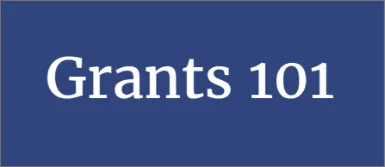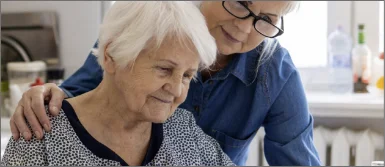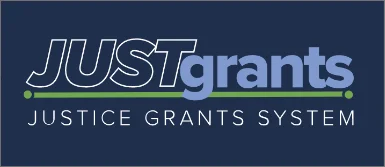Upcoming Funding Opportunities
Have a question related to a previous funding opportunity? Check out topics and resources.
Applicant Resources
The resources provided are offered to assist potential applicants in applying for future COSSUP funding. Please refer to the grant's funding opportunity announcement for specific details regarding eligibility, content and formatting requirements, submission instructions, required supporting documentation, and more.

Examples of Successful Applications from Past Years
In the past 4 years, BJA has funded over 500 COAP/COSSUP projects. The types of activities funded under the grant program, in past solicitations, include:
Project Example List
Following are examples of successful Comprehensive Opioid Abuse Program (COAP)/Comprehensive Opioid, Stimulant, and Substance Use Program (COSSUP) grant application project narratives. These are provided for reference to assist in preparation of new funding applications.
Additional Resources

Bureau of Justice Assistance Funding Webinars

Office of Justice Programs Grants Toolkit

U.S. Department of Justice Grants Financial Guide



